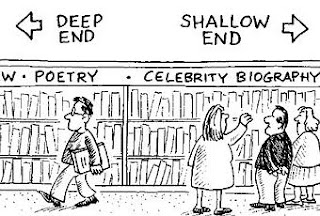KA PU TE RUHA KA HAO TE RANGATAHI
When an old net is worn out, a new net is cast
Description
This whakatauki is used to signify change and new beginnings or innovation, building onto the past.
According to Te Puni Kokiri (2018),
“It generally conveys the ushering in of new and fresh approaches as a means of building on the work and efforts of the older generation. It is a meaning that aligns well with the purpose of the Maori Digital Technology Development Fund. Evidence suggests that rangatahi Maori are early adopters of new and emerging technologies, and incredible savvy operators of those technologies.
The ability of new technology to create new and different ways for Maori to stay connected presents a number of opportunities, but this new terrain remains largely unexplored for now”
( https://www.tpk.govt.nz)
For learners and kaiako in rumaki reo settings, the terrain is new in terms of terminology, methods of connectivity and innovations with communication within te reo Maori.
What is happening?
Within our Reo a waha project, we are exploring digital technology as a tool to promote 21st century skills of collaboration.
According to Te Puni Kokiri (2018),
“It generally conveys the ushering in of new and fresh approaches as a means of building on the work and efforts of the older generation. It is a meaning that aligns well with the purpose of the Maori Digital Technology Development Fund. Evidence suggests that rangatahi Maori are early adopters of new and emerging technologies, and incredible savvy operators of those technologies.
The ability of new technology to create new and different ways for Maori to stay connected presents a number of opportunities, but this new terrain remains largely unexplored for now”
( https://www.tpk.govt.nz)
For learners and kaiako in rumaki reo settings, the terrain is new in terms of terminology, methods of connectivity and innovations with communication within te reo Maori.
What is happening?
Within our Reo a waha project, we are exploring digital technology as a tool to promote 21st century skills of collaboration.
Why is this important?
According to Seely-Brown, (2002), ‘our students are different from most of us here. They have a new vernacular - a digital vernacular. Today’s students also learn in ways that are different from how we learn. These are included now in the 21st Century learning and ICT skills. Kukutai (2012) also acknowledges that Maori identiy continues to evolve while they hold onto links to the past. So if our students (and in our case Maori learners) have a 'digital vernacular' what is it that we must focus on? A window to this is the 21st Century learning and 21st Century digital skills.

The learning disposition - digital vernacular
What will this involve within my practice?
In thinking about 'building learning capacity' I am keen to facilitate the collaboration skills for ICT (ITL Research, 2015) as the rationale and purpose for the pedagogical shift, and the linking of practical digital tools to build the learning capacity. We are planning to use Facebook as a social connectivity tool; Tour Builder as a collaborative digital tool for kaiako to integrate with their tauria; online dictionaries - google translate & maori dictionary to assist with translations tasks.
The priority ICT skill is:
Collaboration
Working with others - in pairs/small group; discuss issues; solve problems; create products
In thinking about 'working with others' how did we initiate a digital platform/environment for working with others?
Shared Responsibility - joint responsibility for creating, developing and completing the task/activity
In thinking about 'shared responsibility' how will we develop, create and complete tasks and activities with joint responsibilities?
Make substantive decisions together - priorities, planning, content/detail, presentation
In thinking about /making substantive decision together' what will be our priorities, how will we plan for these; what will the content and detail look like; and lastly, how will we present this?
How will we measure success?
This success ladder diagram will be used to help with self assessment for our kaiako.
We are envisaging that kaiako can not only self locate, but they are also able to project an outcome with a task and/or digital tool.
We are envisaging that kaiako can not only self locate, but they are also able to project an outcome with a task and/or digital tool.












